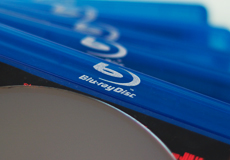 Some 1,700 software developers are turning to NeuroSky’s MindWave Mobile headset as a controlling interface for video games and other applications.
Some 1,700 software developers are turning to NeuroSky’s MindWave Mobile headset as a controlling interface for video games and other applications.- The $129 headset claims to be sensitive to brain waves and can wirelessly beam digital information derived from the brain to computers and other devices.
- “So far the headsets are confined to mostly digital interfaces — videogames and movies whose plots can be altered with the mind — although in some cases real-world objects have been used, like a pair of catlike ears that move depending on a person’s mood,” reports the Wall Street Journal.
- “All of the companies vying to emerge in the brain-wave market are using electroencephalograph, or EEG, technology, which measures the brain’s electrical impulses in the forehead and has long been used to diagnose epilepsy and other brain disorders,” notes the article. “The headsets contain a sensor that detects various mental states, and a chip converts the signals from analog format to digital so they can travel wirelessly to a computer.”
- “There is going to be a whole ecosystem of new players, and NeuroSky is very well-positioned to be like the Intel of this new industry,” suggests Alvaro Fernandez, chief executive of consultancy SharpBrains.
- The company faces competition from San Francisco-based Emotiv Systems and its $300 multi-sensor headset.









